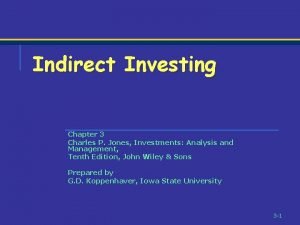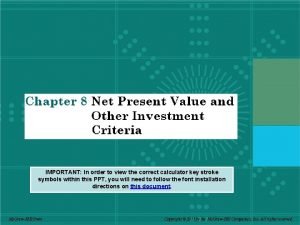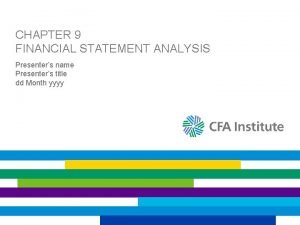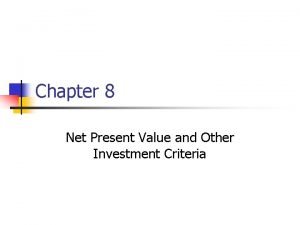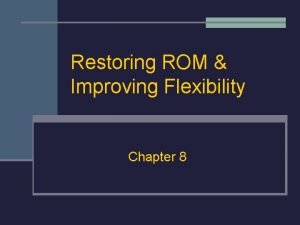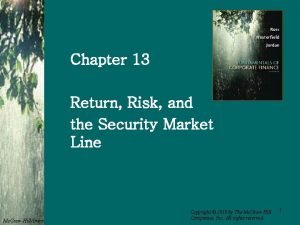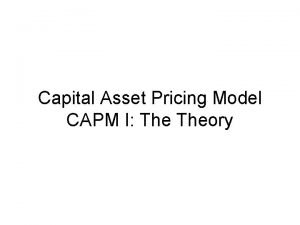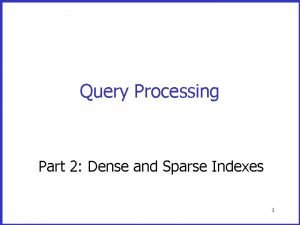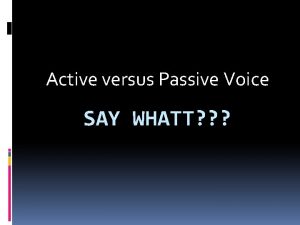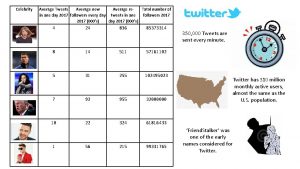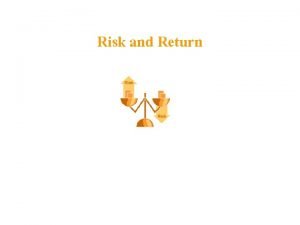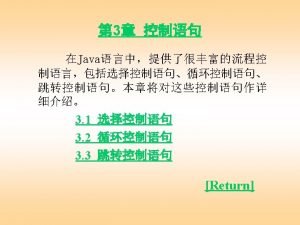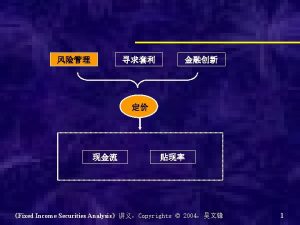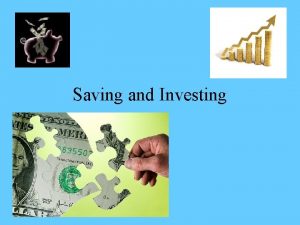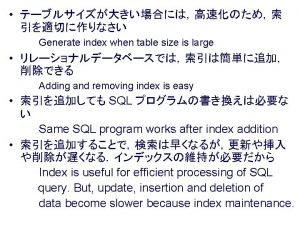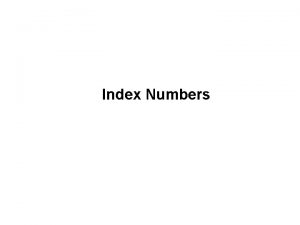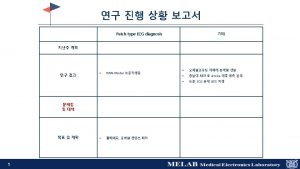Index Investing versus Active Investing Average market return













- Slides: 13

Index Investing versus Active Investing • Average market return at minimal cost versus the outperformance of market return, but at cost (transactional, research & management fees). • Are the returns from active investing sufficient to cover the cost thereof to beat the market index? • Are the track record of active managers persistent ? • Over the long run, which strategy is the better?

To think about… • Active investing is a zero-sum game – Net result of “winners” and “losers” yields the market average • Over time markets are efficient – Short-term opportunities exist to outperform the market, but outperformance is not necessarily consistent over time • Diversified risk versus concentrated risk (tracking error) – Active managers deviate invariably from the market index

The Active Manager’s dilemma Sector Market Index Weight Manager’s Portfolio Market Performance Manager’s Performance Resources 20 10 15% 17% Industrials 10 15 7. 5% 9. 5% Consumer Goods 20 25 5% 7% Services 20 20 7. 5% 9. 5% Financial 25 25 7. 5% 9. 5% 5 5 -5% -3% 7. 88% 9. 00% Information Tech Total Return The active manager achieved superior returns compared with the market average and … outperformed the market! In a diversified market environment the active manager would be able to show off his/her skill for superior stock selection and/or timing, but we don’t “live” in perfect equally-weighted markets…

The Active Manager’s dilemma (continued…) The reality is concentrated markets! Sector Market Index Weight Manager’s Portfolio Market Performance Manager’s Performance Resources 40 10 15% 17% Industrials 10 15 7. 5% 9. 5% Consumer Goods 12. 5 25 5% 7% Services 12. 5 20 7. 5% 9. 5% Financial 20 25 7. 5% 9. 5% 5 5 -5% -3% 9. 56% 9. 00% Information Tech Total Return The active manager achieved superior returns compared with the market average, but… underperformed the market!

The Active Manager’s dilemma (continued…) • In concentrated markets (as in South Africa) active managers invariably will take large bets against the market index – some years it will work for them, in other years against them, but it remains risky business…

Results from a recent study* • Over time index and active investing repeatedly replaced one another as the dominant investment strategy. • *MBA research project by DR Wessels, 2004, titled: “Active Investing versus Index Investing: An Evaluation of Investment Strategies”

Results from a recent study (continued…) • Over time index investing would have yielded on average between the 60 th - 70 th percentile of active investing returns, which is in fact an above-average return.

Results from a recent study (continued…) • In search of the magic alpha…

Results from a recent study (continued…) The persistency of active investing performance… Likelihood that a top performer now will be a top performer next quarter

Results from a recent study (continued…) The persistency of active investing performance… Likelihood that a top performer now will be a top performer in three years time

Results from a recent study (continued…) • Optimal results (reward-to-risk) would have been achieved when combining both strategies in your overall investment plan

Results from a recent study (continued…) • An optimal allocation of index and active investing strategies, based on the performance of active managers over time. Expected Performance Percentile Active Allocation Index Allocation 70 th 16% 84% 75 th 22% 78% 80 th 67% 33%

Conclusion • No guarantees can be given where your actual active returns are going to be in the total return spectrum, therefore follow a more prudent, conservative strategy – include an index approach.
 Active investing average return
Active investing average return Indirect investing
Indirect investing Profitability index calculator excel
Profitability index calculator excel Net operating cycle formula
Net operating cycle formula Average accounting return
Average accounting return Market leader market challenger market follower
Market leader market challenger market follower Segmentation targeting positioning
Segmentation targeting positioning Passive rom
Passive rom Dt
Dt Chapter 13 return risk and the security market line
Chapter 13 return risk and the security market line Capm rate of return
Capm rate of return Diff between step index and graded index fiber
Diff between step index and graded index fiber Dense secondary index
Dense secondary index Morphological index and bacteriological index
Morphological index and bacteriological index

